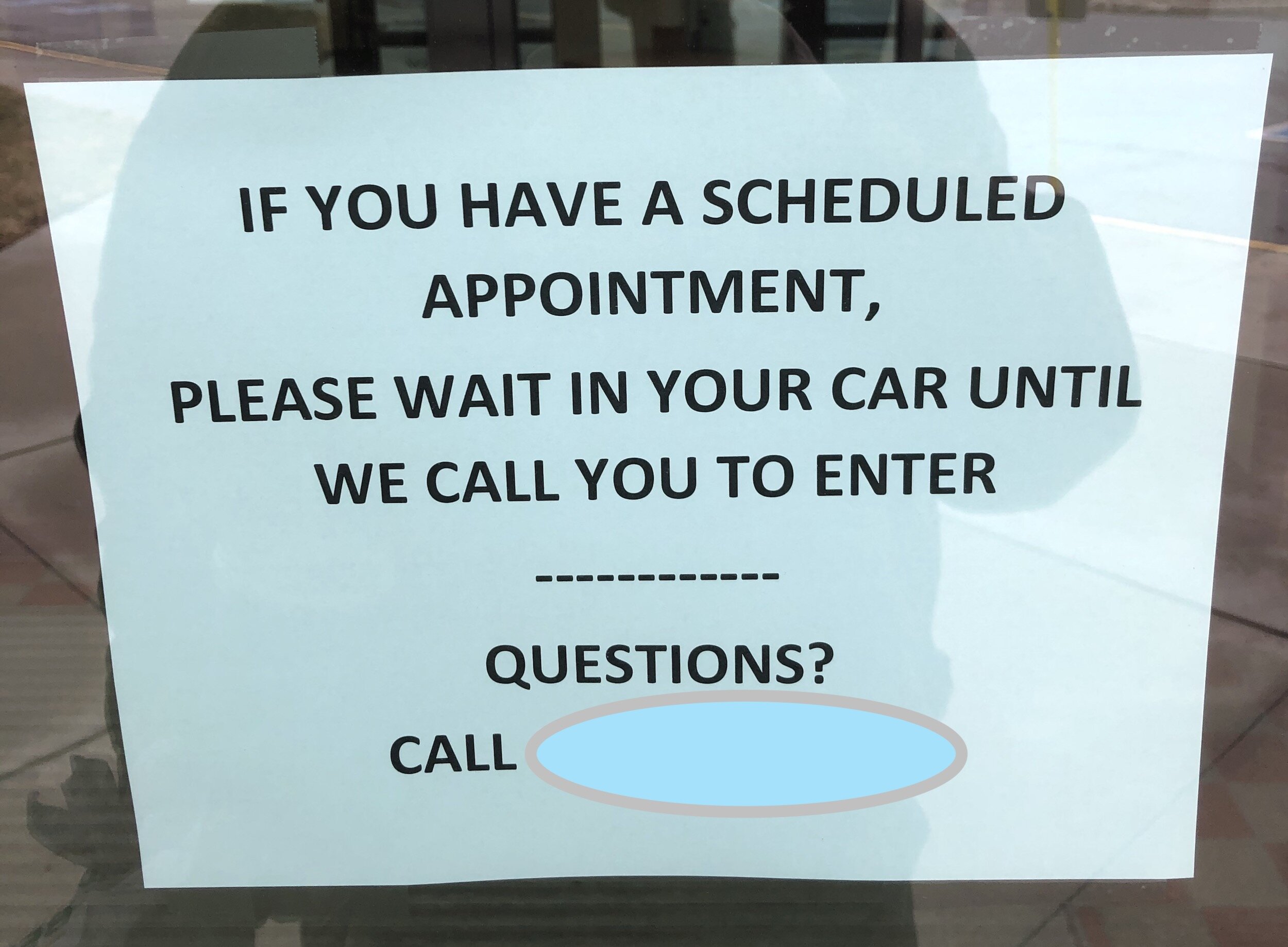The locus of this fall’s fears . . . working with metal saws to build our new “hoop house.” (See below)
Halloween! So let’s talk about fear.
It’s Halloween. Or All-Hallows’-Eve if you prefer. Time for cute costumes, “haunted” houses, tricks, and a little good ‘ole fright. Public radio is playing spooky music (from Psycho) and reviewing the scariest movies. Parents are talking about their kid’s costume choices. All is abnormally normal. Maybe not exactly normal, after all, the Nationals won the World Series, but I digress.
I was on a video chat earlier this week with some professionals talking about contracting and consulting. I mentioned that I assumed when I started that other professionals were more comfortable than I was in acting as an entrepreneur and “putting themselves out there” doing marketing and sales, since I had no background in this area. But, it turns out, I was not that different from most professionals. Once again I was reminded of this as we talked as one prevalent theme I heard in the questions I was asked was . . . fear.
I told them that one of my biggest challenges when I started more than 20 years ago was getting through my own fears. Fear that I didn’t know enough yet, that I wouldn’t be able to find customers, that I would somehow fail. Building confidence, isn’t some big secret. But, somehow we believe the route to success is a lack of fear. No. Success isn’t convincing yourself that the fear is irrational—first, it’s not entirely irrational; and second, the part that is irrational—“catastrophic thinking”—can’t be fixed by reasoning. The person typically already knows that what they are facing is just fear and they themselves, and others as well, have already told them that their fear is irrational. What works is finding ways to successfully take reasonable “leaps of faith” and succeedi
Learning to Use the Saw
I use examples (like the metal chop saw above) to ask professionals I coach, what will make my fear of using this new, and potentially dangerous, tool diminish. Will it being reminding myself that I have used lots of other power tools? Being reassured that “it’s not that hard” and “I can do it?” Maybe watching You Tube videos of how to use the tool? Reading the manual?
All of these help, minimally. (Actually, reading the manual introduced new fears . . . like the blade cracking and flying apart) But these steps don’t drive away the fear. What does? Using the saw.
So, on this day of Goblins, Witches, and Fright, and as you prepare for 2020—embrace fear. Press forward. Focus on what comes after the fear (like the hoop house, see below) that will provide service and joy—not to mention revenue for my wife’s business—for many years.
Use what ever resources you need to help bolster your courage to take the next reasonable risk. In the end, it is highly likely that the benefits of your success will outweigh the terror of the moment.
Success! Here is one of the framed ends I built with the new saw. Kind of look forward to using it . . . now.





























